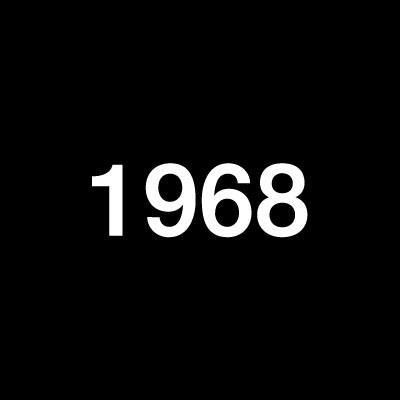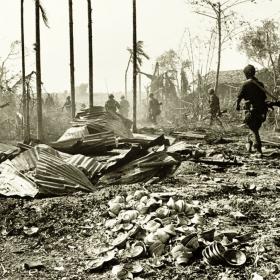1968
A pivotal year in the Vietnam War, 1968 marked the high point of U.S. military engagement.
On January 30, 1968, a campaign of surprise attacks was launched by forces of the Viet Cong and the North Vietnamese People’s Army of Vietnam (PAVN) in what came to be known as the Tet Offensive, named for its start on the Vietnamese Tết holiday. In one of the largest campaigns of the war, communist forces attacked several key cities and provinces in South Vietnam during the typically peaceful celebration of the Vietnamese New Year. Although the United States and its allies were able to retake most of those areas and claim a military victory, the offensive was considered by many to be a moral victory for the DRV.
Growing weary of fighting a war of attrition, the U.S. soon increased its ground forces to more than 500,000—marking the war’s high point of U.S. military engagement—with the idea that more troops would bring a quicker resolution to the conflict. Meanwhile, efforts were made to encourage peace negotiations, as bombings of the DRV were decreased and representatives of each side met in Paris to begin peace talks in May.


